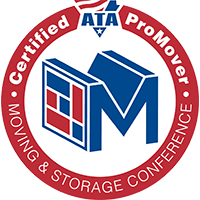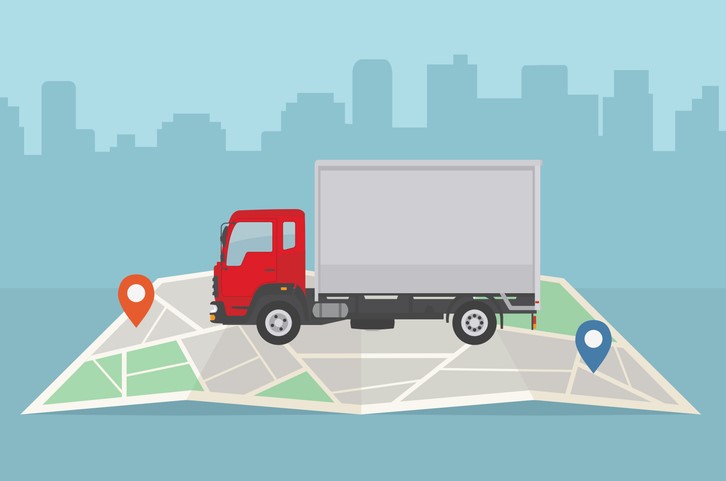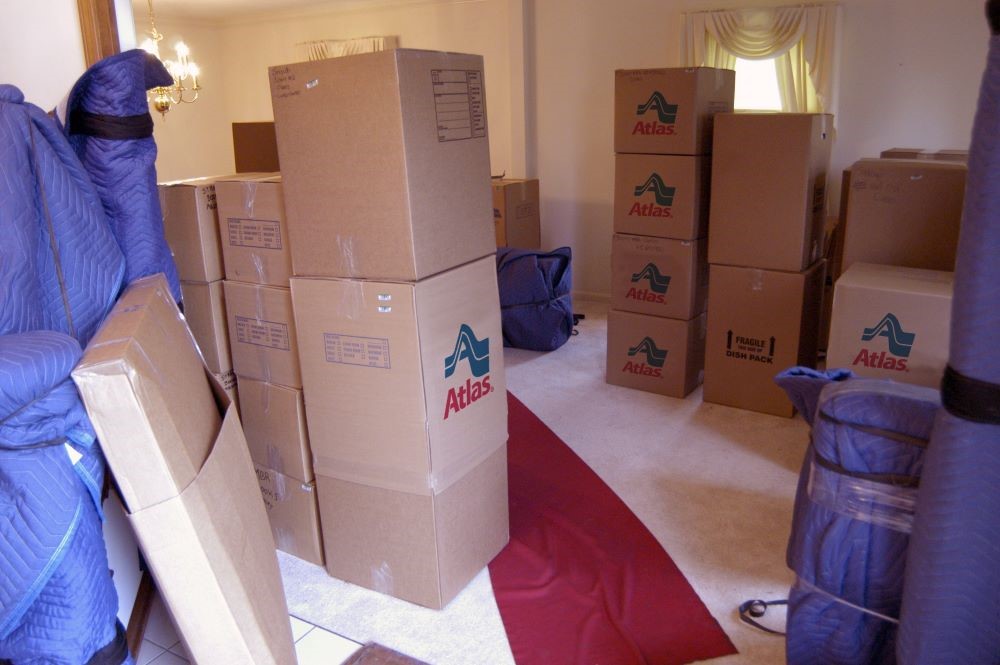 Whether you’re moving from a traditional workplace to a home office or the other way around, there are special measures to take when packing office equipment, heavy books, and potentially sensitive files. Check out these tips to pack an office like a professional so you can make the move without losing anything important.
Whether you’re moving from a traditional workplace to a home office or the other way around, there are special measures to take when packing office equipment, heavy books, and potentially sensitive files. Check out these tips to pack an office like a professional so you can make the move without losing anything important. Gather Your Materials
You can contact Weleski Transfer to request all the moving supplies you’ll need at competitive prices. If you’d rather acquire them yourself, keep an eye out for sturdy boxes of various sizes. Copy paper boxes are great for carrying documents, books, and small decorations.For your electronics, it’s best to pack them in their original boxes, but if you no longer have them you can use any sturdy box that’s small enough for a tight fit. You’ll also want packing paper, bubble wrap, packing tape, and premade labels or markers for labeling.
Fetch the Shredder
One of the most important steps is also likely to be the most time-consuming. Check your desk drawers and filing cabinets for documents and sort them into three piles: File, Shred, and Recycle.For documents you’ll be taking to your new office, organize them by type, priority, client name, or whatever system makes most sense to you, and place them into labeled file folders. These can be packed away in a specialized file box or a common copy paper box. Label your boxes accordingly.
Shred any documents you won’t need that contain sensitive information, like your or your customers’ financial details or any information that’s classified as confidential by your company. Everything else you won’t be taking with you can be recycled.
Secure Your Electronics
Before disconnecting your electronics, snap a quick picture to help you remember the position of the cables and save time during setup in your new location. Use zip ties to bundle cables together and keep them in the same boxes as their original devices. Any small components that are easy to lose can be packed in plastic baggies and also placed inside the box.Before packing your computer, perform a backup of any files you can’t afford to lose to give yourself added peace of mind. You can upload these to an external hard drive or a cloud application like Dropbox or Google Drive.
It’s ideal to pack your printer, monitor, hard drive, and any other fragile electronics in their original boxes. Otherwise, wrap them in a layer of packing paper and then a layer of bubble wrap, and pack them individually inside the smallest boxes they’ll fit inside, filling any gaps with packing paper. Mark these boxes with “fragile” and an arrow pointing up to indicate they should be handled with particular care and kept upright. Your laptop and its charger can be transported with you in a padded laptop bag.
Pare Down Your Books
Books can add considerable weight and box space to your move, so consider which books are essential in your new office and which can be left behind, given away, or donated. Stack them inside very sturdy, medium to small boxes lined with packing paper.You can place them flat inside the box or with their spines facing downward, but avoid packing them with the spines facing up to prevent damage. Don’t underestimate how heavy books are—test the weight of your boxes as you go to ensure you’ll be able to comfortably carry them. If your box gets as heavy as you can carry but still has ample space inside, stack non-breakable items like boxes of staples and paperclips, post-its, or other lightweight office supplies on top.
Make a Decision about Your Furniture
Decide whether your furniture should make the trip with you. Don’t think you’ll find a more comfortable chair for your new office? Is your bookshelf an antique that’s important to you? If the furniture you’re taking with you can be disassembled, take it apart and keep small elements like screws and washers in a plastic baggie labeled with the furniture it’s paired with. Add assembly instructions to the baggie as well if you have them. Use packing tape to secure this baggie to a piece of the furniture that won’t be visible in case residue is left behind, like the underside of your desk or the bottom of your chair.Fragile furniture items can be wrapped in blankets secured with ropes or bungee cords. If drawers aren’t removable, tape them shut with masking tape, and use that same tape to secure pieces of cardboard or packing paper to panels of glass. Removable drawers filled with office supplies or other items can be shrink wrapped and transported as is.
Now that you’ve learned how to pack an office like a pro, get a quote from professional office movers so you can settle into your new office and get back to your normal work routine faster. Contact us if you have any office packing questions or if you’d prefer to hire packing help.
Tags
Subscribe to Weleski Transfer Inc's Blog










Comments